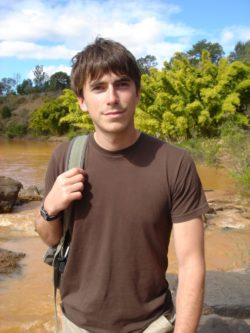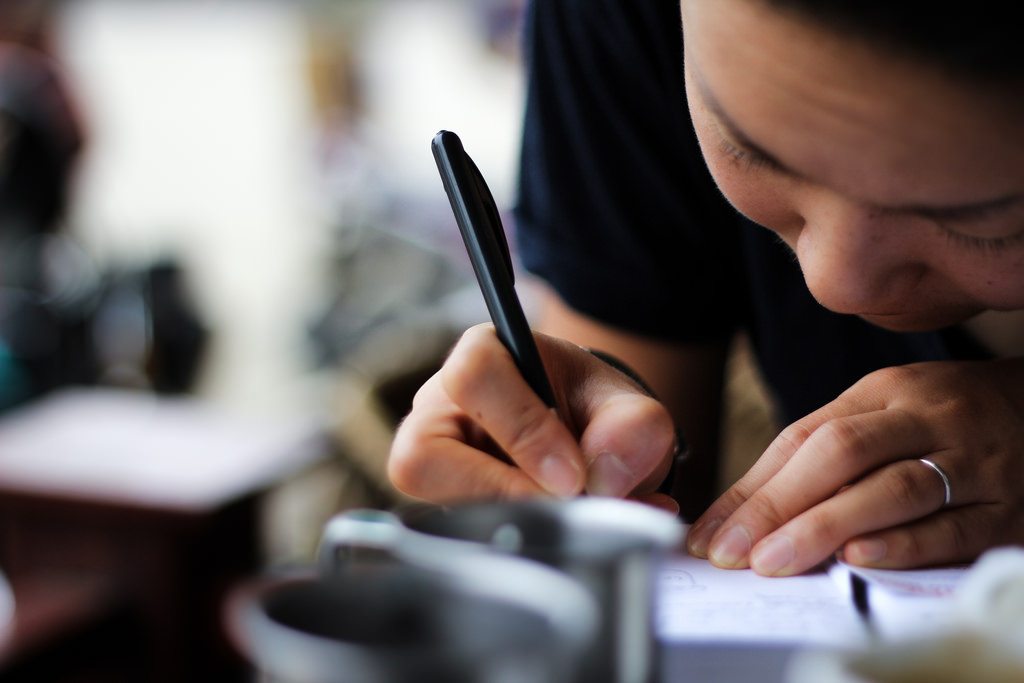Using science to change lives : ‘The Big Life Fix with Simon Reeve’
It has been said that ‘the purpose of life is to contribute in some way to making things better’, and scientists stand a very good chance of doing this- they can make a difference to humanity by creating revolutionary ideas. That is what seven leading engineers, designers and computer programmers have done in ‘The Big Life Fix with Simon Reeve’ which aired in December 2016 on BBC2. The team worked tirelessly to build life changing solutions for people in desperate need, and the results were incredible.

Image: Shoot and Scribble Mod / Wikimedia Commons
Emma, a 32 year old graphic designer, had Parkinson’s disease- a progressive neurological condition caused by the loss of nerve cells in the brain. This can result in slowness of movement, rigidity and in Emma’s case, a tremor. Haiyan Zhang, Innovation Director at Microsoft Research Cambridge, was given the task of producing something which reduced these tremors, allowing Emma to carry out her job and in particular write her name.
Taking inspiration from a vibrating spoon already on the market, Haiyan created a bespoke wristwatch. Tiny coin celled motors in the watch produced vibrations, which acted as an opposition force to the tremor vibrations, steadying the hand when worn. In addition to this, Haiyan produced an app which could change the frequency of the motor vibrations in accordance with the person wearing it. The overall effect was astounding, with Emma being able to write her name and even draw a straight line when wearing the wristwatch. This invention was such a success that opportunities are currently being explored to develop it further so eventually it may be available to Parkinson’s sufferers everywhere.
This invention was such a success that opportunities are currently being explored to develop it further so eventually it may be available to Parkinson’s sufferers everywhere.
Next up was Rosie, who at 7 was the youngest participant in the show. She had a brain operation as a baby and so had to wear a cumbersome medical helmet whenever she was awake. Dr Zoe Laughlin, Creative Director at Institute of Making, led the team in producing a more discreet alternative, that provided physical protection and allowed Rosie to fit in more with her friends.
Zoe investigated different materials and the force they could withstand before breaking, to ensure the headgear provided the best protection. Experiments led her to non-newtonian liquids, a fluid whose viscosity changes when factors other than temperature or pressure are changed. An example is Oobleck, a mixture of cornflour and water which is runny until force is applied. The fluid absorbs the energy from an impact making its particles ‘lock’ together, increasing its viscosity. This enables the material to withstand high stress which was a desirable attribute for the task at hand. Zoe settled on using a revolutionary new thin foam with similar properties to a non-newtonian fluid to produce a stylish yet protective headband for Rosie.
The work that the team did for Rosie, Emma and others were major achievements that hopefully will also be used to improve the lives of others. Rosie, on receiving her new headband, said ‘this is the best day of my life ever’, which encompassed all of the feelings that the participants had when given their life-changing inventions. This show highlighted the amazing effects science can have on peoples’ everyday lives.

Comments